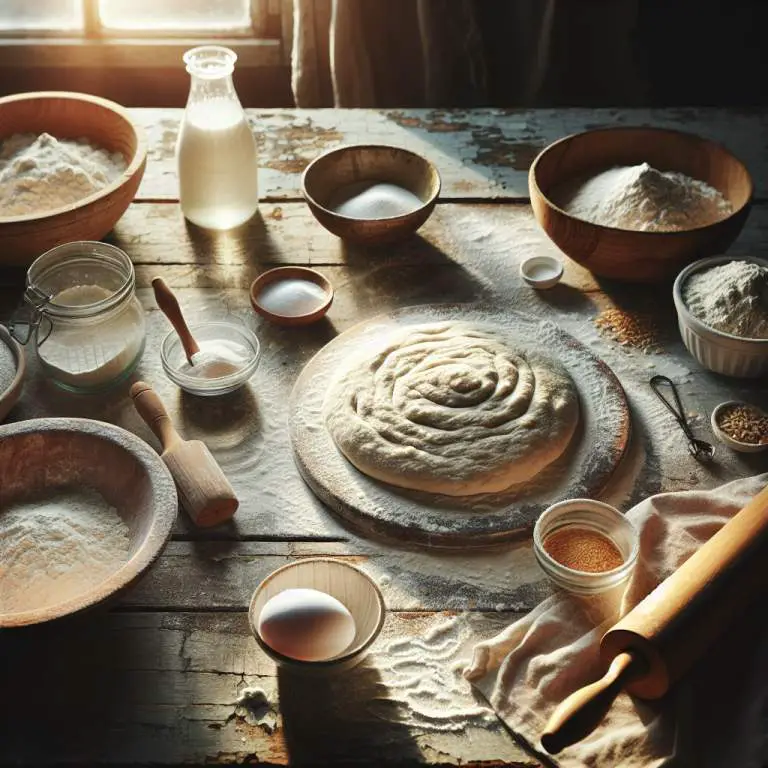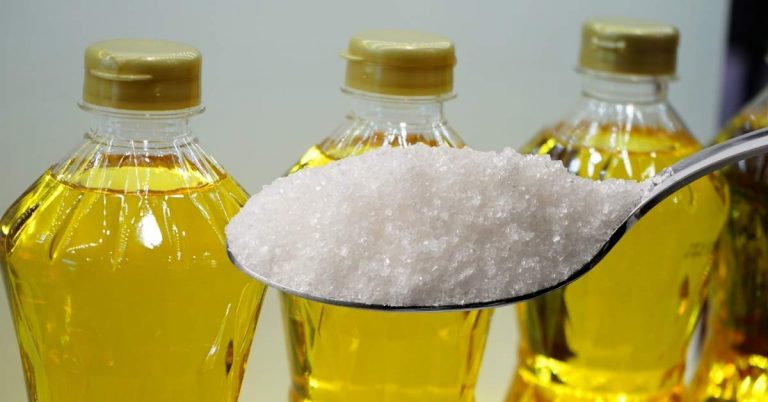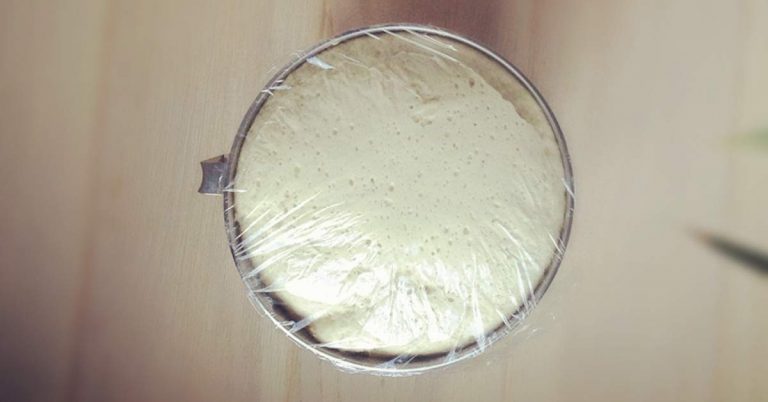Poolish or Biga: Which Pre-ferment Is Best for Your Pizza Dough?
Poolish and Biga are both pre-ferments used in pizza dough, but they differ mainly in hydration levels. Poolish is wetter, with a 100% hydration level, making it more fluid, while Biga has a stiffer texture due to less water. These differences affect the dough’s flavor and texture; poolish leads to a lighter, airier dough, whereas Biga offers a chewier bite. Choosing between them depends on your texture preference and desired dough handling.
Picking the right pre-ferment can make a big difference in how your pizza turns out. Pre-ferments are like a magic step in baking that can make your dough taste amazing. Let’s dive into what pre-ferments are and how they can change your pizza game.

Understanding Pre-ferments
Definition of Poolish
Poolish is a type of pre-ferment that’s pretty wet. It’s made with equal parts flour and water, and just a tiny bit of yeast. This mixture sits and ferments for a while before you add it to your main dough. It’s like giving your dough a head start.
Definition of Biga
Biga is another kind of pre-ferment, but it’s thicker than Poolish. It has less water, so it’s more like a dough than a batter. Biga also uses a small amount of yeast and needs time to ferment before being mixed into your main dough.
Historical origins and traditional uses
Both Poolish and Biga come from Europe. Poolish is more common in French baking, while Biga is used a lot in Italian recipes. Bakers have been using these methods for hundreds of years to make bread and pizza dough taste better and have a great texture.
Comparing Poolish and Biga
Hydration levels
One big difference between Poolish and Biga is how much water they have. Poolish is very wet, which can make your dough light and airy. Biga, being drier, helps make dough that’s a bit denser but still very tasty.
Flavor development
Both Poolish and Biga help develop delicious flavors in your dough. Because they ferment before being added to the dough, they create a depth of flavor that you can’t get just by mixing flour, water, and yeast and baking right away.
Texture and crumb structure
The texture of your pizza crust can be affected by whether you use Poolish or Biga. Poolish tends to make a crust with big, open holes, kind of like a sponge. Biga, on the other hand, makes a crust that’s a bit tighter but still has a nice chew to it.
Impact on Pizza Dough
How Poolish affects pizza dough
Using Poolish in your pizza dough can make it super light and airy. It’s great for pizzas with a crust that’s puffy and has big bubbles. Plus, it adds a nice, complex flavor that makes your pizza taste like it’s from a fancy restaurant.
How Biga affects pizza dough
Biga makes pizza dough that’s a bit denser but has an amazing flavor. It’s perfect for pizzas that need a sturdy crust, like if you’re loading it up with lots of toppings. The texture is chewy in the best way, and it also adds a rich taste to your pizza.
| Feature | Poolish | Biga |
|---|---|---|
| Hydration Level | 100% (Equal parts water and flour) | 50-60% (Stiffer than Poolish) |
| Origin | French | Italian |
| Texture | Batter-like, very wet | Dough-like, less hydrated |
| Fermentation Time | 12-16 hours (or overnight) | 12-24 hours, can be longer due to lower hydration |
| Taste Profile | Mild, slightly sweet and nutty flavors | Slightly more intense flavor than Poolish, but not as sour as a sourdough starter. |
| Suitability | Ideal for wet doughs like ciabatta or baguettes | Better for drier doughs that require more structure like some Italian breads and focaccia |
| Main Benefit | Increase extensibility and creates a light, open crumb structure | Adds strength to the dough and results in a chewier texture |
Practical Considerations
When choosing between Poolish and Biga for your pizza dough, it’s important to consider the preparation time and effort required. Poolish is generally easier to prepare but needs a longer fermentation time, which can be a factor if you’re short on time. Biga, on the other hand, requires a bit more effort in preparation but can be ready for use in a shorter period.
Different types of pizza can also influence your choice. If you’re aiming for a light, airy crust with large bubbles, Poolish might be your go-to. For pizzas that require a chewier, denser texture, Biga could be more suitable. This makes Poolish ideal for Neapolitan-style pizzas, while Biga could be better for thicker, Roman-style crusts.
Considering shelf life and storage is also crucial. Both pre-ferments can be stored in the refrigerator, but their longevity varies. Poolish should ideally be used within a day, while Biga can last up to a couple of days, making Biga a more flexible option if you’re planning ahead.
Baker’s Preference
For those baking in home kitchens, ease of use is a significant factor. Poolish, with its simpler preparation and more forgiving nature, is often preferred by beginners. It’s also more compatible with a wide range of flours, making it a versatile choice for various recipes.
Experienced bakers might lean towards Biga for its ability to enhance flavor complexity and texture in the dough. While it may require a bit more skill to handle, the results can be worth the extra effort, especially for artisan-style pizzas.
For beginners, starting with Poolish can provide a gentle introduction to working with pre-ferments. As skills and confidence grow, experimenting with Biga can be an exciting way to explore different textures and flavors in pizza dough.
Case Studies
Real-life examples highlight the impact of these pre-ferments on pizza dough. Pizzas made with Poolish often have a light, airy crust with a subtle tang, perfect for those who enjoy a delicate flavor profile. A pizzeria famous for its Neapolitan pizzas might use Poolish to achieve that signature airy crust.
Conversely, pizzas made with Biga can have a chewier texture and a more pronounced flavor. This makes them ideal for thicker, heartier toppings. An artisan bakery specializing in Roman-style pizzas might prefer Biga to achieve that characteristic chewy crust.
Final Thoughts
In summary, both Poolish and Biga have their unique advantages and can significantly affect the texture, flavor, and overall quality of pizza dough. The key differences lie in their hydration levels, preparation time, and the resulting texture of the baked crust.
For those looking to experiment, trying both pre-ferments in different recipes can be a rewarding experience. It’s all about personal preference and baking style. Whether you’re a beginner or an experienced baker, the journey of discovering the perfect pizza dough is an exciting one. So, go ahead, experiment with Poolish and Biga, and see which one suits your taste and baking style the best!






